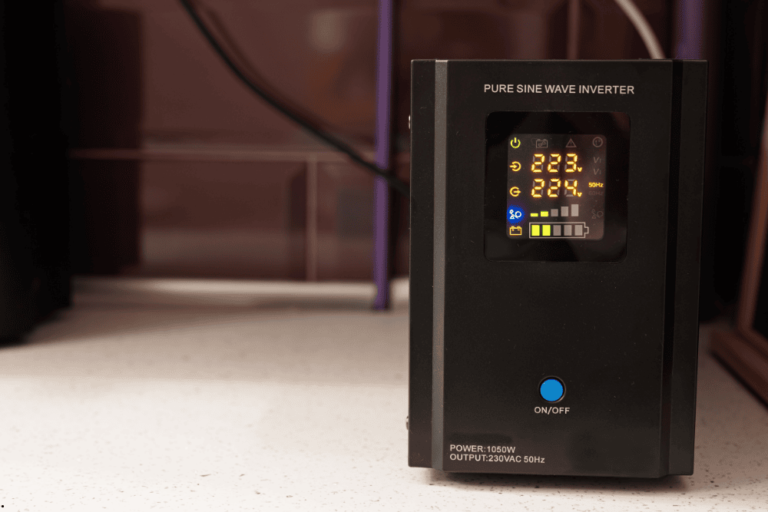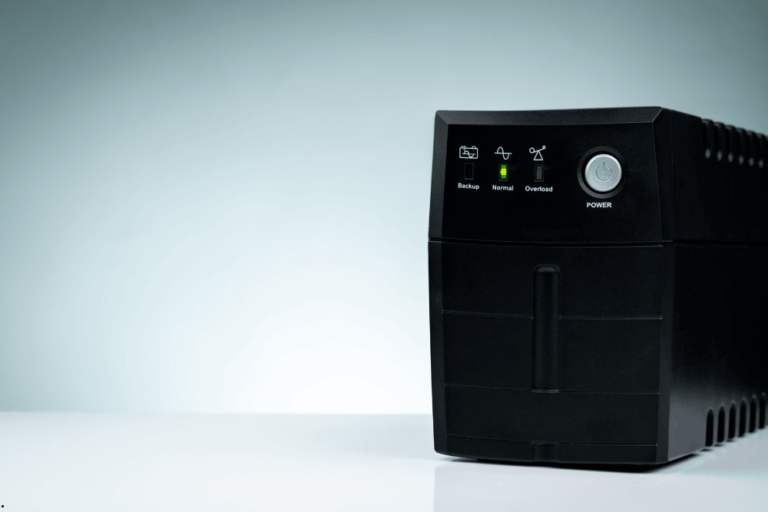

Early Fire Alarm Systems: How They Work and the Best Options Available
Fires represent one of the most dangerous threats to homes, offices, and commercial properties worldwide. They can cause devastating human injuries, loss of life, and extensive property damage if not detected and controlled promptly. Early fire alarm systems are crucial safety devices that enable the rapid detection of fires during their initial stages. By providing an early warning, these systems allow for timely evacuation and intervention, significantly reducing the risk of disaster.
These systems have become an indispensable part of fire safety strategies for residential, commercial, and industrial buildings. They alert occupants and emergency services immediately upon detecting smoke, heat, or flames, helping to prevent the spread of fire and minimize damage. In this comprehensive guide, we will explore how early fire alarm systems operate, outline their essential components, highlight their benefits, and review some of the top fire alarm options available on the market today.
Introduction to Early Fire Alarm Systems
The primary purpose of early fire alarm systems is to detect the presence of a fire in its infancy before it can grow uncontrollably. These systems rely on sophisticated sensors designed to monitor environmental changes such as smoke concentration, temperature spikes, or even the presence of specific combustion gases.
When any of these sensors detect abnormal conditions indicating a fire, the system activates audible and visual alarms, instantly alerting occupants to evacuate or take immediate action. Advanced systems also communicate with fire departments or security personnel, initiating emergency responses even if no one is physically present to report the incident.
Because fire can spread rapidly, the importance of early detection cannot be overstated. Whether in a single-family home, an office building, or a large industrial complex, installing an early fire alarm system is one of the most effective measures to protect lives and property.
Components of Early Fire Alarm Systems
An effective early fire alarm system consists of several interrelated components that work cohesively to detect and respond to fire hazards promptly. These components include:
Smoke Detectors
Smoke detectors sense the presence of smoke particles in the air. There are mainly two types:
Ionization Smoke Detectors: Best at detecting fast-flaming fires.
Photoelectric Smoke Detectors: More responsive to smoldering fires that produce heavy smoke.
Many modern systems combine both types for comprehensive coverage.
Heat Sensors
Heat sensors monitor ambient temperature and trigger alarms when temperature rises above a preset threshold or increases rapidly within a short timeframe. They are especially useful in environments where smoke detectors may cause false alarms due to dust or steam.
Audible and Visual Alarms
Once fire is detected, the system activates sirens, bells, or alarms to alert everyone inside the building. Strobe lights or flashing indicators complement the sound to assist people with hearing impairments.
Control Panel
The control panel is the brain of the system, continuously receiving inputs from all sensors. It processes data, decides when to trigger alarms, and can communicate with monitoring services. Some advanced panels allow remote management and real-time status updates.
Automatic Sprinkler Systems
Integrated sprinkler systems can be triggered automatically when fire is detected, spraying water or fire retardant to suppress flames and reduce damage until firefighters arrive.
How Early Fire Alarm Systems Work: Step-by-Step
1. Continuous Environmental Monitoring
Sensors are placed strategically throughout the building to constantly monitor air quality and temperature. They are designed to detect subtle changes, such as the presence of smoke particles or rapid temperature spikes.
2. Detection of Fire Indicators
When sensors detect conditions consistent with fire—such as smoke density exceeding a threshold or temperature rising too quickly—they immediately relay this information to the control panel.
3. Activation of Alarms
The control panel processes the input and, upon confirming the fire threat, activates loud audible alarms and flashing lights to warn occupants.
4. Notification of Emergency Services
In many modern systems, the alarm signal automatically notifies fire departments or security monitoring services, ensuring rapid emergency response.
5. Automatic Fire Suppression
In systems equipped with sprinklers, water or fire suppressant chemicals are deployed automatically to contain the fire, buying valuable time for evacuation and firefighting efforts.
Benefits of Installing Early Fire Alarm Systems
Saving Lives and Protecting Health
Early alarms give occupants critical time to evacuate safely, dramatically reducing the risk of burns, smoke inhalation, and fatalities.
Minimizing Property Damage
Detecting fires early allows faster intervention, preventing the fire from spreading and limiting damage to buildings and possessions.
Enhancing Peace of Mind
Homeowners and business managers gain reassurance knowing that a trusted system is monitoring their property 24/7, ready to alert them at the first sign of trouble.
Supporting Insurance and Compliance
Many insurance companies offer reduced premiums for properties equipped with certified fire alarm systems. Additionally, these systems help buildings meet local fire safety regulations and codes.
Top Early Fire Alarm Systems on the Market
Several systems have earned acclaim for their reliability, features, and user-friendliness:
Nest Protect:
A smart detector that combines smoke and carbon monoxide detection with smartphone alerts, voice alarms, and self-testing features.First Alert Onelink Safe & Sound:
Integrates smoke and CO detection with Alexa-enabled smart speaker functionality, offering voice alerts and emergency calling.Kidde Smoke & Heat Alarms:
Provides cost-effective solutions with reliable smoke and heat detection capabilities, often linked for comprehensive coverage.
Each product offers unique advantages tailored to different budgets and security needs.
Conclusion
Early fire alarm systems are indispensable safety devices that provide critical protection against the devastating effects of fire. By detecting fire hazards early and alerting occupants immediately, these systems save lives, reduce property damage, and offer invaluable peace of mind. With a wide variety of reliable, technologically advanced options available today, investing in a quality fire alarm system is a wise and responsible choice for any homeowner or business.
Installing an early fire alarm system is a proactive step toward securing your property and safeguarding those inside. Don’t wait for tragedy to strike—ensure your fire protection system is up to date, tested regularly, and ready to act at a moment’s notice.


